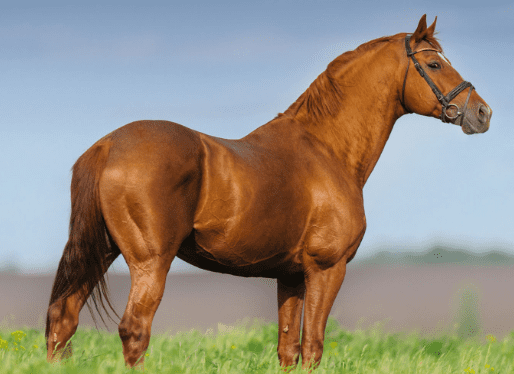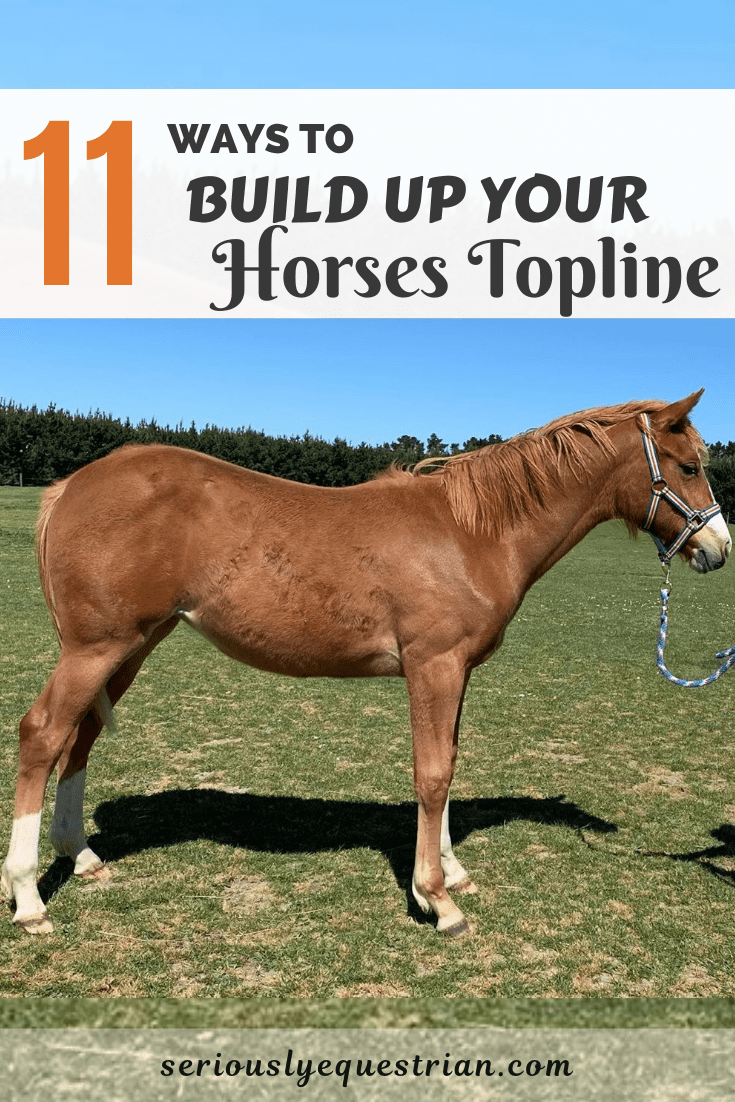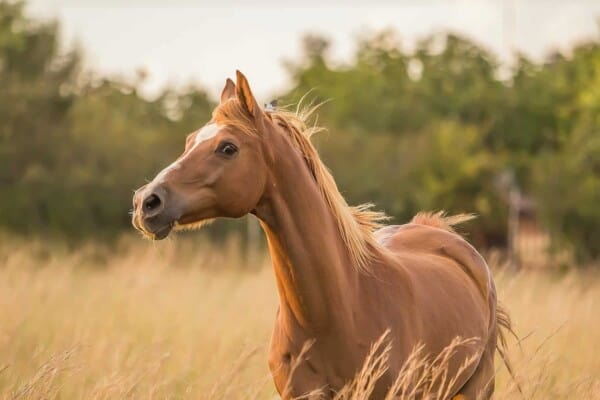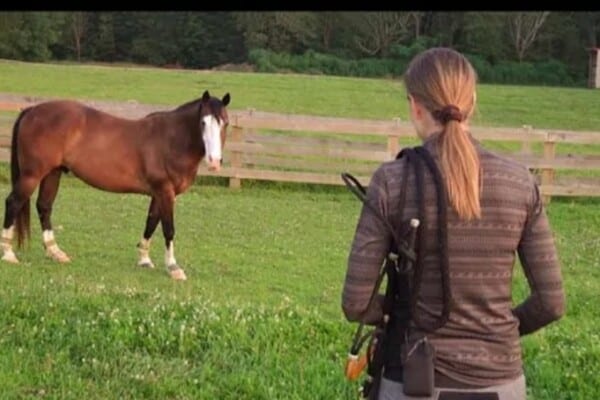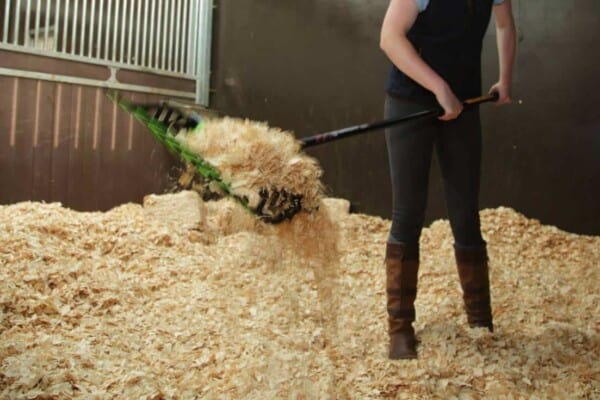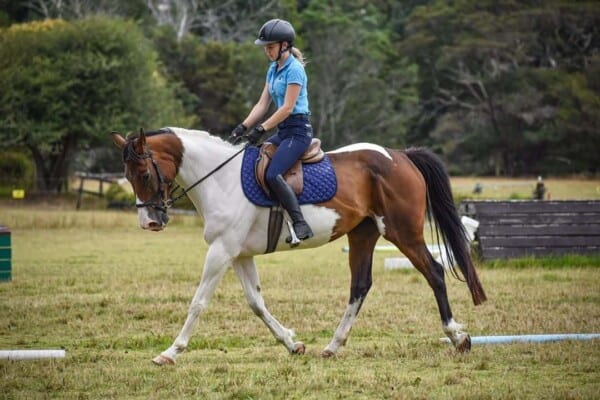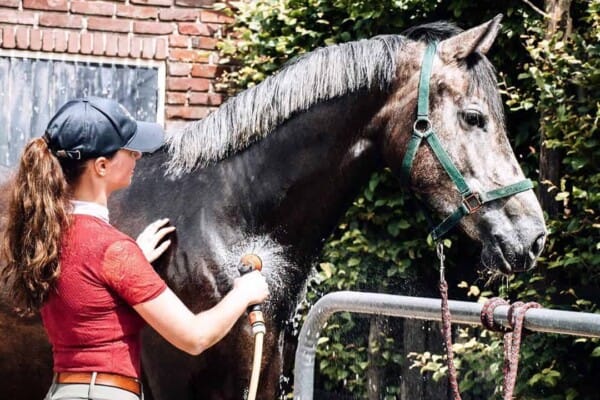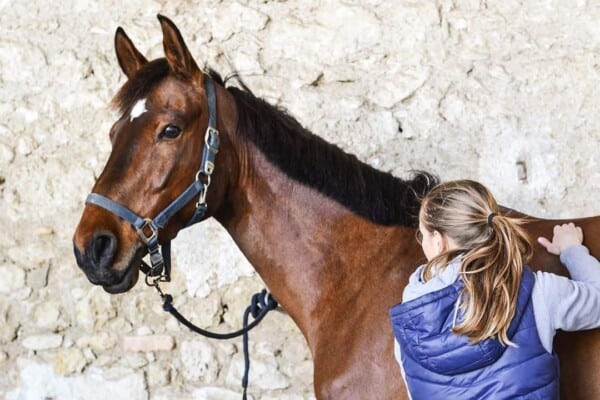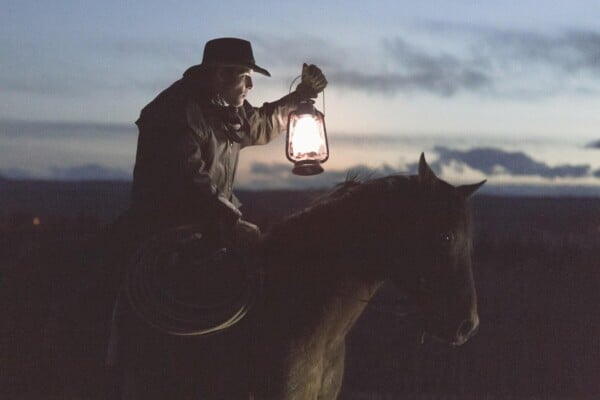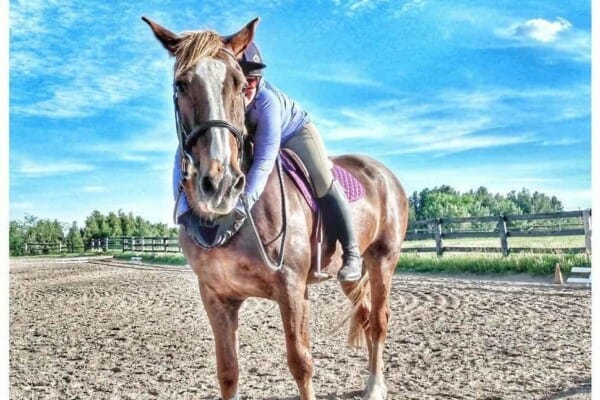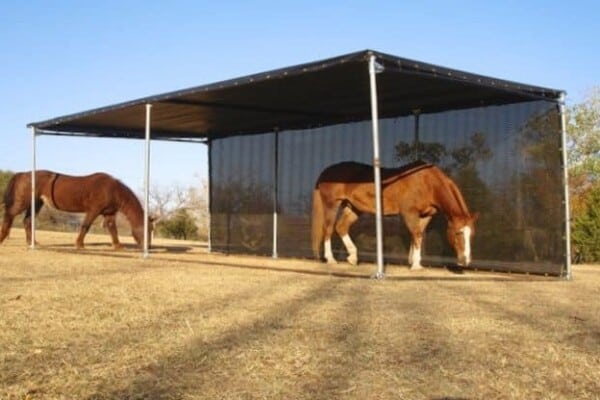What does Topline mean?
The topline of the horse is a reference to the muscle groups which run along either side and over the top of the horse’s spine and on some of which the rider sits. The specific area which the topline encompasses is the vertebral column (spine) from the end of the neck in the area of the withers, along the back and loin and over the top of the hip into the croup.
Feeding for a good Topline
Topline is something that feed companies love to talk about but the simple reality is that feeding alone will not create muscle over the horse’s topline; feeding is definitely relevant and will add condition but only correct work will build up the appropriate muscle coverage by converting that food source into muscle tone. It doesn’t matter how much you feed a horse that is in light work or no work, the toplne gain will be minimal; toplline can only reflect the horse’s age, health condition and any work that he is doing. A horse that is fit and working hard in a good training programme is going to have much more topline than a retired horse or a youngster who is not in work.
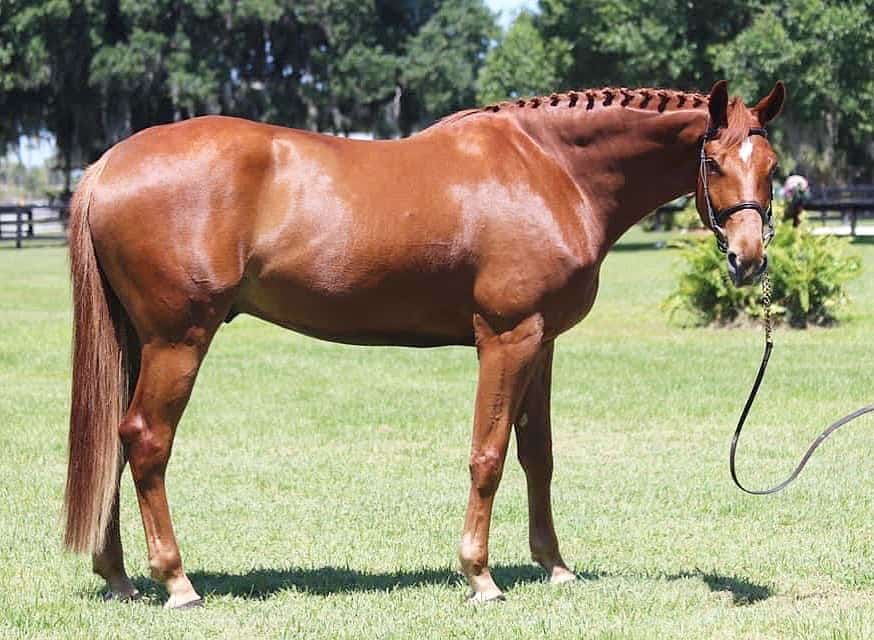
11 Ways to Build a Strong Topline
Muscle development on the horse’s back will vary according to age and training level. A young horse starting his career will have less topline than an older established horse who may be working at the higher levels of dressage. Equally, an older horse who is starting to exhibit age-related stiffness and less athletic function will maintain less topline as the level of performance begins to decrease.
A good topline is a product of work, management and nutrition. Excellent feed and work will be valueless if the horse has a hidden lameness issue behind, a sore back because the saddle is pinching or a problem in his mouth which is making him uncomfortable. Here are 11 ways you can help your horse build up a correct topline.
- Make sure your horse is comfortable in his saddle and his back- regular saddle checks and adjustments are crucial as the work changes and the horse’s shape alters
- Physiotherapy, chiropractic or osteopathic treatments are essential to promote athletic function in the horse’s work and a good topline will never develop without this. A supporting therapist is as pivotal to your horse’s development as the trainer, remember, tension, discomfort or even pain will always restrict the horse’s movement
- Plan a work program that is progressive and takes account of age, temperament and education – a horse that is asked to do too much or who is not fit for the work being asked of him will struggle and become tight and sore through his frame
- Work with a nutritionist to develop a correct and supportive feeding regimen. Protein is the requirement for building muscle but protein alone will not work without all the other elements of a balanced diet and correct training and management. Many owners feed too much protein in the mistaken belief that this on its own will add topline, however, a balanced diet is essential and a comfortable happy horse that is being correctly worked will never develop a good topline without adequate feed
- Ask your physio, chiropractor or osteopath to recommend some exercises that you can do with your horse on the ground that involves building up the core strength – carrot stretches are perhaps the best known of these, where the horse is asked to stretch around to each side to reach a carrot and then put his head between his front legs which involves using the core abdominal muscle to lift and round the back
- Use half halts and transitions in your ridden work to encourage the horse to develop strength behind the saddle
- Incorporate long and low work in your sessions regardless of which discipline the horse is working in – the horse will still need to be engaged and connected and working into a definite contact
- Remember to stretch the horse frequently for recovery periods during his ridden sessions
- Don’t confine your ridden work to an arena, use hill work to promote strength and balance, even walking up and down hills in walk will help promote the correct use of the linked chains of muscle but trotting and cantering in a frame uphill when the horse is strong enough will also be hugely beneficial for core development
- Use photographs to regularly record condition and topline, they can act as an independent record and save you just relying on eye alone which can be fallible. The horse should be photographed on flat, level ground and in the same location as it can be easy to change how the image appears with different photography techniques
- Accept that interruptions in work level will lead to an inevitable loss of muscle whether this is due to prolonged bad weather, rider injury or horse problems – the muscle will return when the work resumes
Conclusion
Developing a good topline on your horse as with many things concerning the horse is not just about one sole factor like feed or work; good topline develops because there is a well-managed routine for the horse which is appropriate for his age with progressive and correctly structured training. Crucially, there must also be an absence of pain and discomfort which sounds obvious but creeping age issues can manifest slowly and are not always obvious.
Some horses will always naturally seem to have a better topline than others and this can be dictated by age and breed type and also the type of work the horse is doing. It is always important to look at your horse as an individual and take a holistic view of his age, condition and workload and try not to constantly compare him with other horses who may be totally alternative types and subject to vastly different care and ridden programs.

